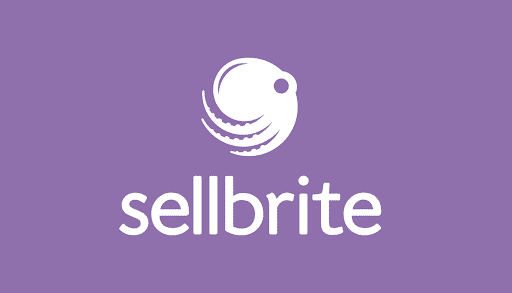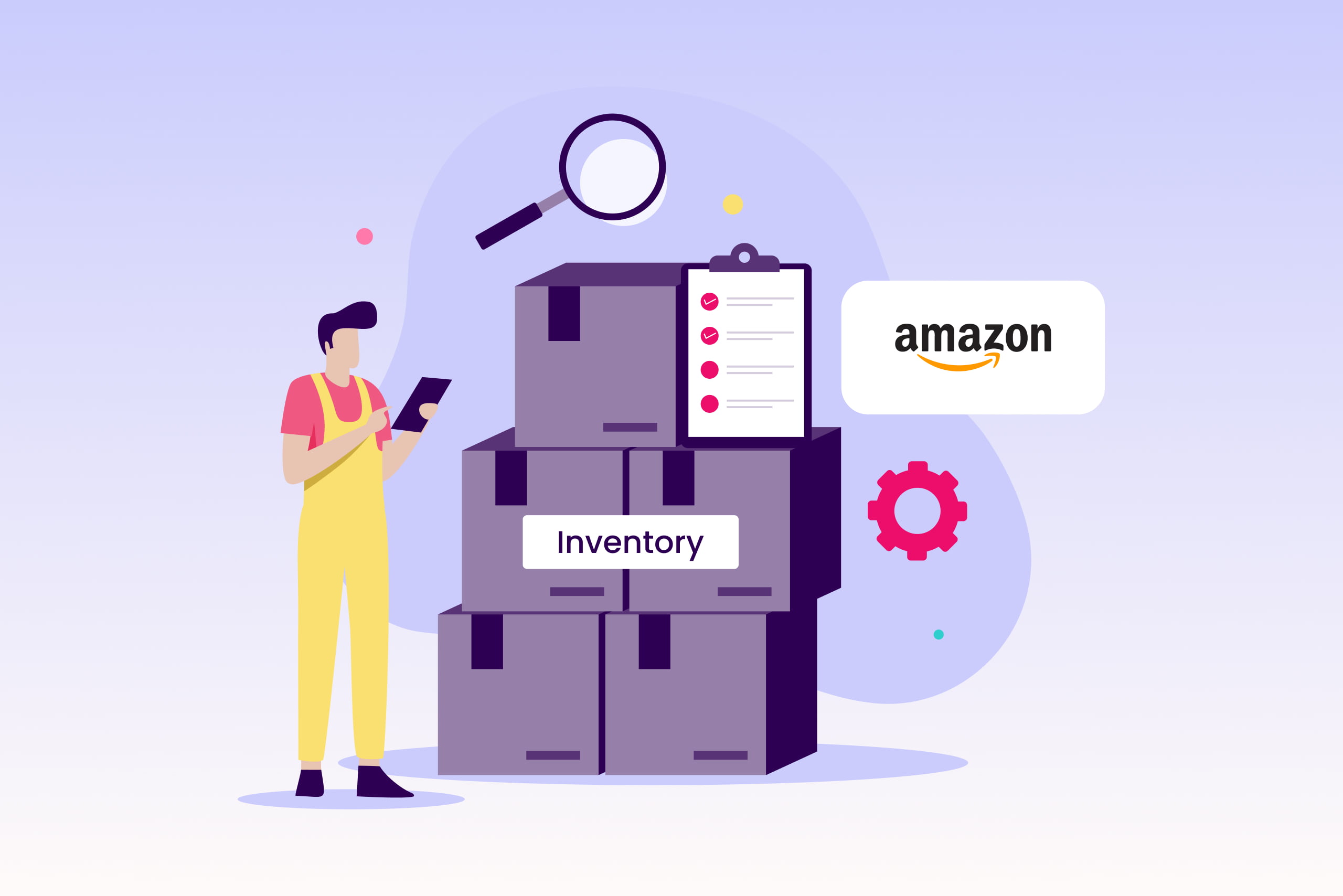As an Amazon seller, constant innovation is essential. From your ads down to your inventory, you must ensure you use everything at your disposal to meet your customers’ needs. One of the most effective ways to achieve this is by properly managing your inventory. It may be an overlooked strategy, but inventory management is integral to running a successful business on Amazon. By taking stock of your products on a regular basis, you can stay on track with customer demands, maximize cash flow, and save money.
However, wearing multiple hats to keep your business afloat is part of being an Amazon seller. Between managing your ad campaigns and optimizing your product listings, it can be difficult to keep track of your inventory. That’s why we’re here to help you master inventory management and maintain a successful business on Amazon. This comprehensive guide will help you avoid common pitfalls and maintain an effective inventory plan for long-term success.
Key Takeaways
- Properly managing your inventory is crucial to your long-term success as an Amazon seller.
- Amazon sellers face numerous issues when managing their inventory, including overstocking, running out of inventory, and spoilage.
- To practice effective inventory management, communicate with your supplier, lower excess inventory, and use inventory management software.
- Inventory management platforms can help facilitate inventory forecasting and management.
The Importance of Amazon Seller Inventory Management
Managing your inventory might seem like a basic administrative task that plays a small role in your more pressing business goals. In reality, this can be one of the most powerful processes to enhance your brand. Once you master your inventory, you can optimize virtually every other area of your Amazon store. This is because you won’t need to worry about having too much or too little stock on hand at any given time.
If you run out of products, you’ll struggle to fulfill customer orders, reducing your sales and the resulting cash flow. Alternatively, if you have more stock than you need, you’ll have to pay a hefty fee to store your products in warehouses that you aren’t selling. It’s important to balance an appropriate amount of stock to meet customers’ needs while avoiding spending more than you can afford.
Common Amazon Seller Inventory Issues
To avoid making costly missteps, it’s important to understand some of the obstacles that Amazon sellers face. Here are some of the most common inventory issues and how they can harm your reputation as an Amazon seller.
Running Out of Inventory
One of the most common problems that Amazon sellers face is a product shortage. If you have too many out-of-stock products, your customers won’t be able to place an order, which can significantly harm your sales. Not only does a lack of inventory prevent customers from buying your products, but it also gives them the impression that you aren’t a responsible seller.
Poor catalog management can also hurt your chances of winning the Amazon Buy Box. The Buy Box refers to prime space located on a product results page. It determines which seller’s product is highlighted as the primary purchase option and can significantly boost your sales as a result. To win the Boy Box, however, it’s imperative to keep your products in stock. This tells Amazon that you can reliably deliver on customer orders.
Overstocking
An opposing problem is that some sellers have more inventory than they know what to do with. If this is the case, it’s a sign that your inventory isn’t converting into sales as quickly as it should be. As a result, you may have a lower sell-through rate than normal, which signals to Amazon that your products aren’t in demand.
Another risk of overstocking is incurring exorbitant fees. Storage fees, spoilage losses, insurance, and facility expenses are just a few examples of costs you may have to cover if you store products that aren’t selling. If you incur these expenses, you’ll have fewer funds available for other important aspects of your business, such as advertising and marketing.
Stranded Inventory
Stranded inventory refers to inventory that temporarily cannot be sold. There are a number of possible reasons for this, including a listing error, a pricing error, or a lack of prior approval. This inventory is considered “stranded” because it is trapped inside Amazon’s warehouse but is unable to be listed for sale. The major downside of having stranded inventory is that Amazon will continue to charge you a monthly fee for storing it in their warehouse. To mitigate this, regularly check for stranded inventory.
Spoilage
If you sell perishable food products on Amazon, you must also be wary of spoilage. Food items that sit in the warehouse without being sold will eventually go bad, particularly those with a shorter shelf life. It’s crucial to pay close attention to the expiration dates on your consumables and ensure that they’re still fresh.
Failing to discard spoiled products and refresh them on a regular basis will not bode well for your seller reputation. To show both Amazon and customers that you’re reliable and that you prioritize product safety, always keep an inventory of fresh items, whether it’s pharmaceuticals, sunscreens, or food.
Aged Inventory Surcharge
As we noted previously, keeping inventory for an extended period of time can result in unwanted expenses. One of these expenses is an aged inventory surcharge. If your inventory has been stored in Amazon’s warehouse for 180-270 days, or more than 271 days, Amazon will charge you a long-term storage fee, also known as an inventory surcharge. This fee is based on the size and weight of the products.
High Order Volume
If your products are in high demand, it’s likely that you regularly receive plenty of orders, which is great news for your bottom line. However, if customers place more orders than you can keep up with, this can present various issues. A high order volume may result in orders being delayed or, worse, unfulfilled. This will lead to frustrated customers and a decrease in revenue. In addition, if you fail to deliver to customers, this will reflect poorly on your overall seller reputation.
Account Suspension
At Amazon’s discretion, your seller account may be suspended for a number of reasons. One of the most common reasons for account suspension is poor inventory management. For example, if your products frequently go out of stock, it tells Amazon that you are unable to meet the demands of your customers. Other issues include late shipments, frequent order cancellations, and failure to communicate with buyers.
While Amazon may let you off with a warning the first couple of times you run into problems, it’s important not to make a habit of practicing poor inventory management.
6 Tips for Effective Amazon Inventory Management
Now that you understand the most common inventory problems that sellers face, it’s crucial to take the right steps toward managing Amazon orders more effectively. Here are 6 crucial tips for maintaining effective Amazon inventory management.
1. Communicate with Suppliers Regularly
When it comes to keeping your products in stock, basic communication is vital. Be sure to check in with your supplier on a regular basis to ensure that all of your inventory is on track. If there are any delays or if something isn’t going according to schedule, it’s important to find out as soon as you can. Customers will be much more forgiving if you let them know ahead of time that there’s a problem.
2. Maintain a 60-day Supply
Amazon labels a product as “excess” or “overstock” if the amount of inventory exceeds a 90-day supply based on anticipated demand. As an Amazon FBA seller, it’s crucial to know these guidelines when storing your products long-term. As a rule of thumb, try to maintain about 30-60 days’ worth of inventory to avoid excess or overstock fees.
It is worth noting that starting April 1, 2024, Amazon introduced a low-inventory-level fee for standard-size products with consistently low inventory levels relative to customer demand. This fee ensures products are readily available to customers by penalizing sellers who maintain insufficient stock. The fee applies if both the long-term (last 90 days) and short-term (last 30 days) inventory levels are below 28 days of supply.
3. Lower Excess Inventory
While not having enough stock on hand is a concern for many Amazon sellers, you should also be cautious about excess inventory. Overstocking can result in a low sell-through rate, which means that your inventory isn’t converting into sales as quickly as it should be. You may also have to pay extra fees for overstocking, such as storage fees, spoilage losses, and facility expenses. To avoid incurring these expenses, try to maintain an inventory that doesn’t exceed what you can financially handle.
4. Be Prepared for Unexpected Issues
When you sell on Amazon, you know how important it is to expect the unexpected. Unpredictability comes with the territory of being an eCommerce seller. Fortunately, there are ways to prepare for and deal with issues that arise. From reordering delays to issues with Amazon’s supply chain, there are numerous obstacles that you might face at any point. Additionally, if you do run into any problems, communicate with your customers to avoid any misunderstanding.
5. Lower Demand
If necessary, you might want to reduce customer demand to better manage inventory. First, though, it’s important to understand what influences demand. Key factors include:
- The price of your product
- The price of your competitors’ products
- Consumer preferences
- The quality of your product
- The availability of your items
If you were to increase the price of your product, for example, it would help keep consumer demand under control. Just verify that this is the best course of action for your needs before making any changes.
6. Use Inventory Management Software
Handling inventory on your own can be incredibly time-consuming and stressful. Fortunately, you don’t have to go at it alone. Inventory management software is designed to assist Amazon sellers with inventory management, allowing them to manage cash flow and keep their customers happy. There are numerous types of software for you to choose from, so explore multiple platforms and select a program that fits your unique needs. This will help you get the most out of your chosen software.
Amazon inventory management tools
To help you find the right tool for your goals, we’ve compiled a list of the best inventory management tools for Amazon sellers. Here’s what you need to know about each tool, as well as their pros and cons.
1. Extensiv Order Management

Formerly known as Skubana, Extensiv Order Management is a platform that aims to create more flexible and reliable fulfillment networks. By providing transparency into inventory management, Extensiv allows you to see and control everything happening across your fulfillment channels. Some of its key features include order management automation, inventory control and replenishment, shipping integration, and insights and visibility.
2. Sellbrite

Sellbrite offers a singular interface for sellers to manage their inventory, allowing for a simple and seamless experience. This centralized inventory management platform enables you to quickly view and manage your available, reserved, and on-hand stock levels across all of your warehouses. Sellbrite also allows you to conveniently make changes through its Excel-like bulk editor. Additionally, its automatic and continuous inventory syncing helps to prevent overstocking.
3. Brightpearl

Brightpearl invites users to automate each aspect of inventory management, letting you relax and focus on other aspects of your business. Some of the platform’s key features include multi-channel order fulfillment and multi-location inventory management, as well as integrated shipping and accounting. Brightpearl lets you easily automate various aspects of the selling process, from partial fulfillment to PO creation. It also includes smart forecasting and inventory planning, as well as product and sales performance analysis.
4. Veeqo

With Veeqo, you can boost fulfillment efficiency and customer satisfaction by avoiding going out of stock. This platform lets you simultaneously manage multiple aspects of inventory control, such as forecasting customer demand, automating inventory tasks, and keeping inventory up-to-date across your marketplaces and locations. When you use Veeqo, you’ll have an in-depth view of exactly what you have in stock, including what is and what isn’t selling. You can also view which products you’ve already sold on Amazon marketplace.
5. Expandly

The Expandly interface is designed to help you avoid overselling and better manage your Amazon inventory. On this platform, you can automatically sync and view multi-channel stock levels, raise purchase orders, and manage returns, among other inventory tasks. Expandly does most of the work for you, with its advanced technology automatically updating your stock from sales orders and updating sales channels with stock levels. You can even run inventory reports to check on your product amounts at any time.
6. SoStocked

As the first fully customizable Amazon inventory management and forecasting software system, SoStocked makes inventory forecasting a breeze. It lets you take control of 10 key aspects of Amazon inventory management, including:
- Over-ordering
- Under-ordering
- Ordering late
- Transferring late
- Tracking orders/payments
- Juggling spreadsheets
- Managing bundles
- Following up on POs
- Multiple marketplaces
- Avoiding costly warehouse recounts
SoStocked is set up like a spreadsheet, meaning you can customize it according to your unique needs. Because this platform is not a one-size-fits-all tool, it always accounts for your specific goals.
7. Linnworks

Whenever you receive an order on Amazon, you can count on the Linnworks platform to update your inventory within minutes. This highly intuitive interface also automates your most complicated order routing processes for more peace of mind. As an all-in-one inventory management solution for growing retailers, Linnworks does all of the heavy lifting for you. With real-time inventory accuracy and a comprehensive dashboard, this platform makes inventory management virtually effortless.
Run Your Business Smarter with Trellis
Managing inventory is no easy responsibility, no matter where you are on your Amazon selling journey. However, there’s no need to do it all on your own. By creating an inventory management plan and using the right software to compile product sales data, you can streamline the process considerably. Once you know how to manage your inventory better, you can navigate each aspect of selling on Amazon with more confidence.
When you’re ready to accelerate your growth and sales, Trellis can help. Our platform specializes in Amazon automation software powered by marketplace expertise. Reach out to us today to learn more.



